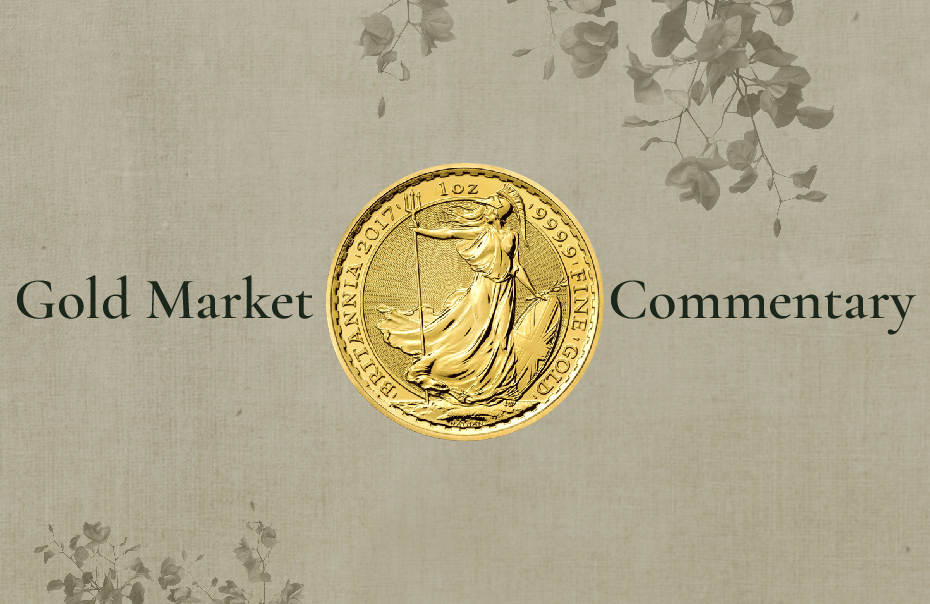Gold prices fell around 4 percent in the second week of May, pressured by expectations of more U.S. rate rises in the pipeline to control inflation, and by a rising dollar.
Gold slid to $1,798.86 per ounce on May 13, its lowest level since February 4, before clawing back some ground to $1,810.68 later in the day, and marked its fourth consecutive weekly fall.
A warning from the U.S. Federal Reserve that more pain was on the horizon in the war on inflation, strengthened the outlook for increasing interest rates which could drag on prices of gold.
Gold bears no interest, so a climate of rising interest rates makes other assets more attractive to investors.
“The 8.3% pace (in U.S. Consumer Price Inflation) in April is problematic, especially after markets were expecting 8.1%. That automatically told us that the Federal Reserve would not soften its hawkish stance,” TD Securities head of global strategy Bart Melek told Kitco News. “It’s unlikely that inflation will come off sharply any time soon.”
Inflation levels will likely be exacerbated as sanctions being imposed on Russia as a result of the war on Ukraine, and corresponding retaliatory action, have a growing impact on the considerable levels of Russian exports to the West – in particular of energy, metals and agricultural-related commodities, and the additional costs of replacing these from other supply sources, wrote Lawrie Willliams, precious metals analyst with bullion dealer Sharps Pixley.
“The impacts of these changes in the supply pipeline in some cases will take months, if not years, to filter through and thus cumulatively contribute to inflationary pressures for some time to come,” Williams wrote.
The dollar has also strengthened in recent weeks due to its “safe haven” appeal, underpinned by the prospects for more rate rises.
The dollar index was on track for a sixth straight weekly gain in the second week of May, near a 20-year high.
“The US dollar index and the precious metals market are like reverse images,” wrote analyst Przemyslaw Radomski on FXSTREET.
The British pound edged up late on May 13, but was not far off two-year lows touched the previous day, weighed by concerns over a weakening UK economy,
Disappointing March GDP data and worries over stagflation, raise risks of a slowing down of the Bank of England’s rate rising cycle.
A soft pound will make it costlier for UK-based savers looking to boost their dollar-denominated gold holdings, but the strength of the dollar could drag gold lower.
UK GDP shrank 0.1 percent in March after a sharp fall in vehicle sales amid supply chain problems.































